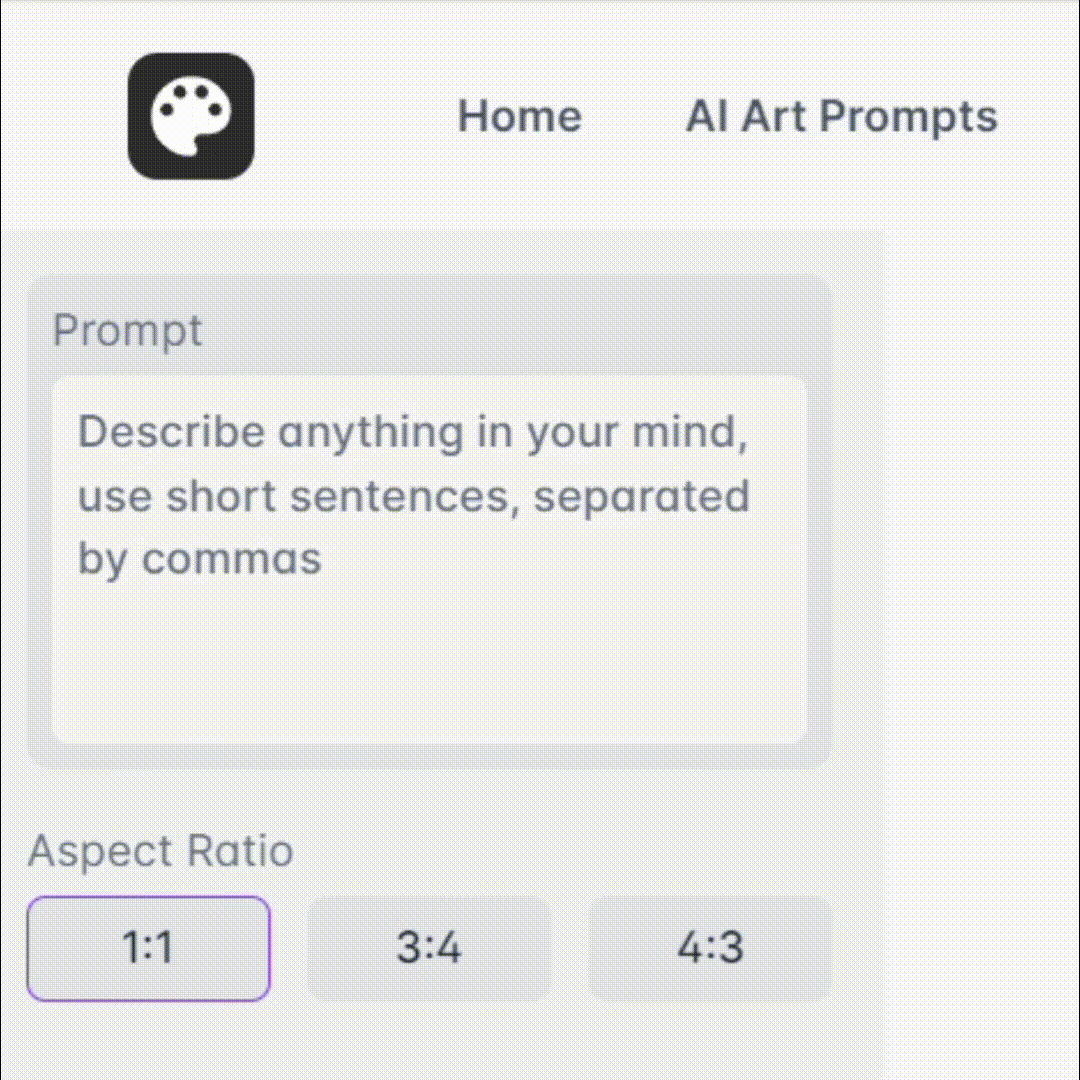
most important files in biology - Access to Biology Files

Welcome to your ultimate biology study guide!
Empowering your research with AI-powered biology documents
Describe the process of DNA replication and the key enzymes involved.
Explain the differences between mitosis and meiosis.
Outline the steps of protein synthesis from transcription to translation.
Discuss the role of telomeres in DNA replication and aging.
Get Embed Code
Introduction to Most Important Files in Biology
The 'Most Important Files in Biology' system is designed to support users in accessing, understanding, and applying critical biological information encapsulated in key biological texts and data sets. This system serves as a comprehensive guide through essential biology chapters, such as genetics, cellular processes, biochemistry, and ecological interactions. It is equipped with tools that allow for deep dives into specific sections or topics, providing detailed analyses, summaries, and context. For example, users studying genetic inheritance could use the system to extract detailed explanations of Mendelian genetics, supported by diagrams and interactive content from the files. Powered by ChatGPT-4o。

Main Functions of Most Important Files in Biology
Contextual Content Retrieval
Example
If a user needs to understand the process of DNA replication, the system can provide a targeted excerpt from a biology text detailing the steps of replication, enzymes involved, and conceptual diagrams.
Scenario
A student preparing for an exam can retrieve sections specifically discussing the replication fork, DNA polymerases, and other key elements of DNA synthesis.
Detailed Biological Processes Explanation
Example
For a query related to the role of ribosomes in protein synthesis, the system would present a segment explaining the translation process, enhanced with figures illustrating the interaction between mRNA, tRNA, and ribosomal subunits.
Scenario
A researcher writing a paper on molecular biology uses the system to gather comprehensive details on translation initiation, elongation, and termination.
Comparative Analysis
Example
When exploring gene expression control, the system can compare prokaryotic and eukaryotic gene expression, highlighting differences in transcription and RNA processing.
Scenario
An educator preparing lecture materials uses the system to extract comparisons of genetic regulation across different domains of life to create side-by-side visual aids for students.
Ideal Users of Most Important Files in Biology
Biology Students
Students from high school to university level benefit from the system's ability to provide clear, concise, and targeted biological content that supports their academic curriculum.
Research Scientists
Researchers in the fields of genetics, microbiology, and biochemistry utilize the system to access specific data sets, detailed explanations of biological processes, and comparative studies necessary for experiments and publication.
Educators and Professors
Academic professionals use the system to create compelling educational materials, draw on verified sources for lectures, and provide students with easy access to complex biological concepts and the latest scientific discoveries.

Steps for Using the Most Important Files in Biology
1
Visit yeschat.ai for a free trial without login; no ChatGPT Plus required.
2
Choose your specific biology topic or requirement to find the most relevant documents and data.
3
Utilize the search and filter options to narrow down to the most critical files or chapters that are pivotal for your study or research.
4
Download or access these files directly within the platform to integrate or reference the data in your academic or professional work.
5
Regularly check for updates or new uploads in your area of interest to stay informed of the latest research and findings.
Try other advanced and practical GPTs
Most Necessary
Harmonize Your Mixes with AI
Terapia Cognitiva Conductual TCC
Empowering your mental health journey with AI

CatSpot HubSbot Back-end Developer
Streamline HubSpot with AI

Back Country
Explore More, Plan Less with AI

Back Packer
Smart Packing, Simplified.

Back Stretcher
Stretch Smarter with AI

Most Popular Artistic Software Ace
Enhance Reality with AI-driven Tools

Most interesting conversations (beta)
Elevate Every Conversation with AI

Most Popular Affiliate Program
Empower your earnings with AI-driven affiliate marketing.

Scam Detector
Spotting Scams with AI Precision

Love Detector
Decode your relationships with AI

Scam Detector
Spotting Scams with AI Power

Q&A on Most Important Files in Biology
What kind of information can I find using the Most Important Files in Biology?
You can access a wide range of biological data and scholarly articles, including detailed chapters on DNA replication, the structure of chromosomes, cellular mechanisms like mitosis and meiosis, and advanced topics such as gene expression and regulation.
How often is the content within the Most Important Files in Biology updated?
The content is updated periodically as new research and findings become available. It is advisable to check for updates frequently to ensure access to the latest biological data and insights.
Can I use this tool for my academic projects?
Absolutely, this tool is designed to support academic research and projects by providing access to key biological documents and data, which can be cited in your research papers or projects.
Is there a way to collaborate with others using this tool?
While the tool primarily serves as a resource for accessing and downloading important biology files, you can use external collaboration tools to discuss and share these resources with peers or colleagues.
What are the system requirements to use this tool effectively?
You'll need a stable internet connection to access and download files. The platform is accessible from most web browsers, so there is no need for specialized software.





